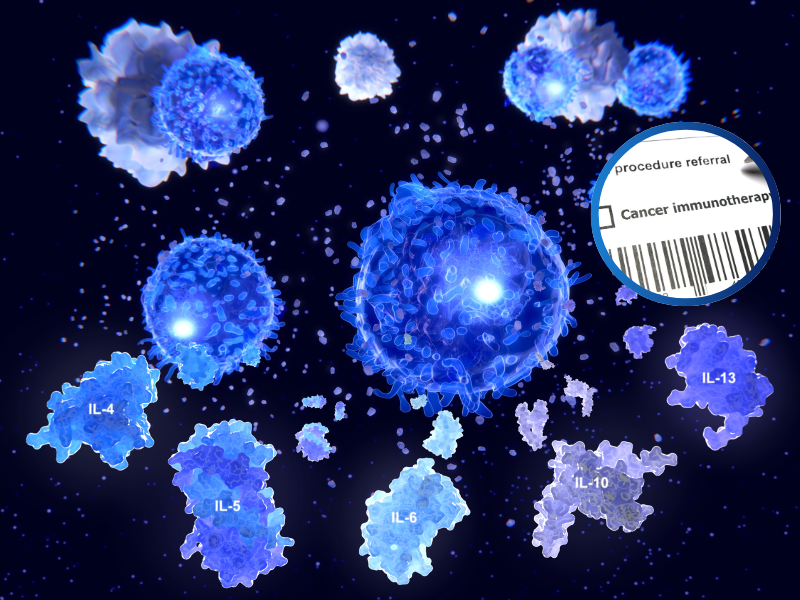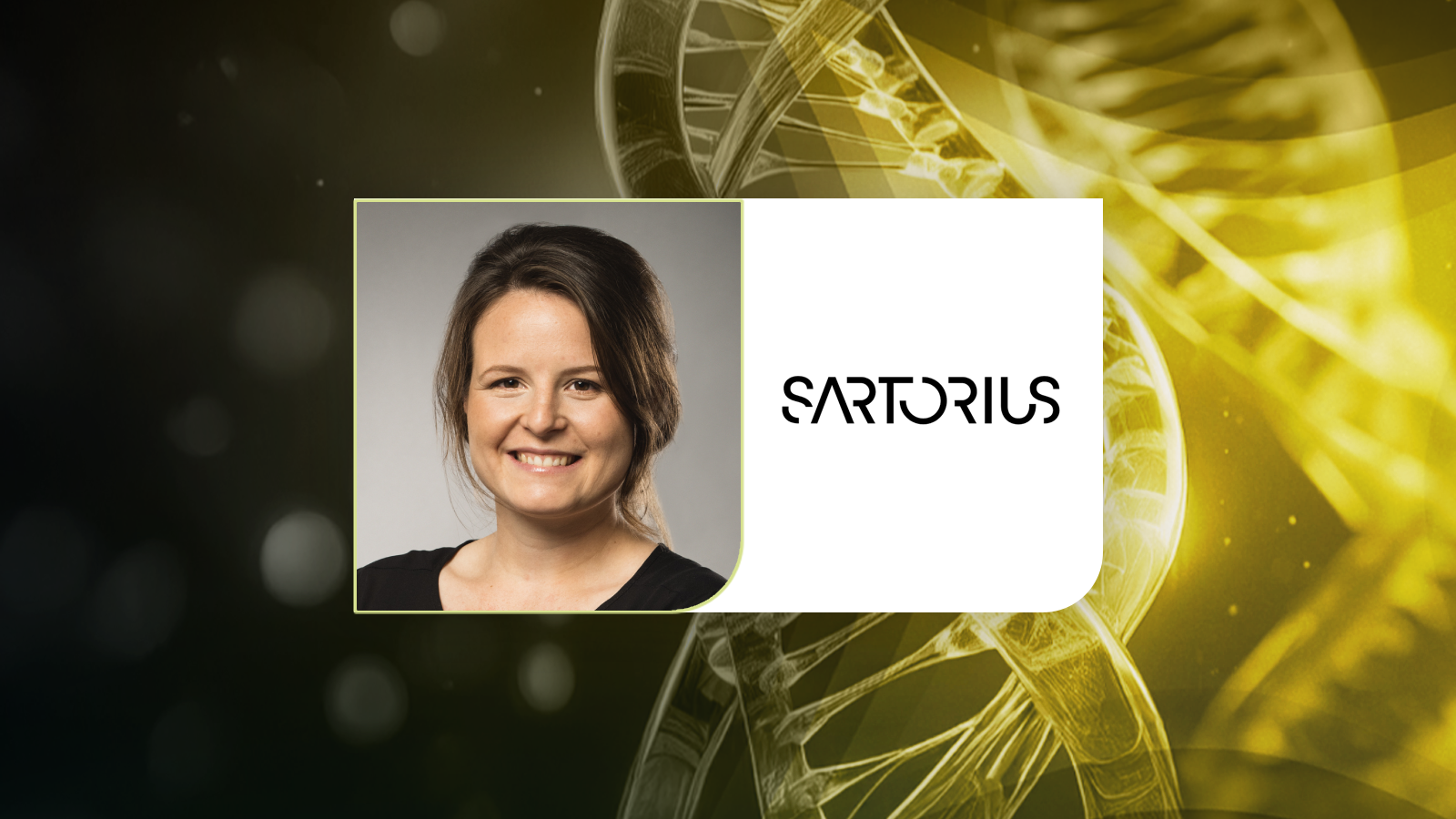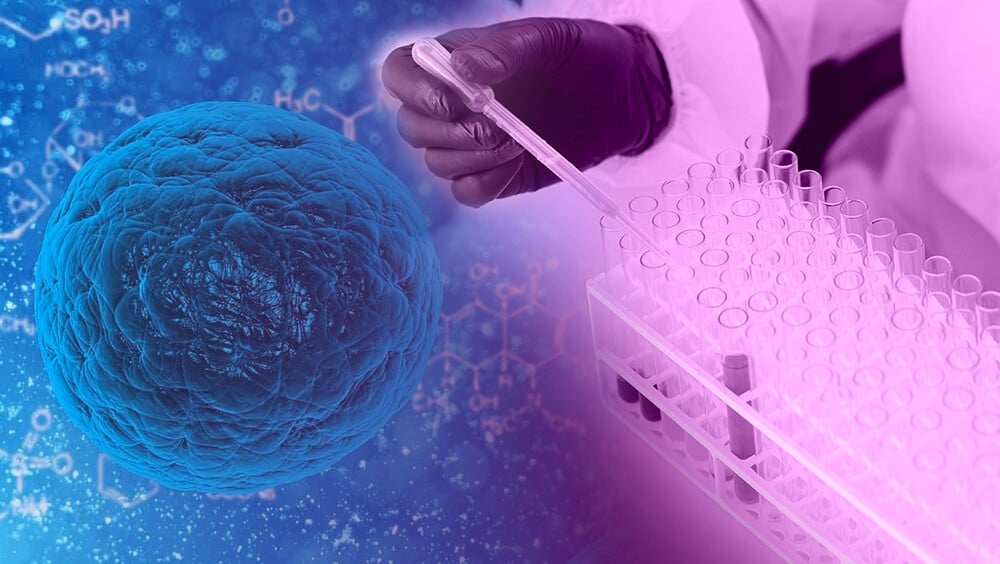Tackling Tumours from Within: Tumour Reprogramming Offers Hope in Cancer Immunotherapy

Introduction
The body's immune system is naturally designed to detect and destroy tumour cells. When tumour cells are identified, the immune system triggers a response involving killer T cells: specialised immune cells that kill cell types infected with cancer. However, as tumours grow, they often form protective barriers that shield them from immune attacks, as a result, immune cells lose their targeting potential and killing efficacy.
To overcome this critical issue, scientists have developed CAR T-cell therapies, an advanced form of immunotherapy. CAR T-cell therapy involves extracting T cells from a patient’s blood, genetically modifying them to better recognise and kill cancer cells, and reinfusing them into the patient.
Although six CAR T-cell therapies have been approved by the FDA for various blood cancers, this treatment is expensive, and CAR T-cells may lose efficacy over time. Whereas reprogramming cancer cells within tumours into immune cells could offer a more effective treatment for hard-to-treat cancers.
Reprogramming Tumour Cells into Immune Cells
Asgard Therapeutics, a Swedish biotech company, recently published breakthrough proof-of-concept data for their lead program, AT-108. This therapy reprograms tumour cells directly within the tumour microenvironment, which is typically immunosuppressed.
The study published in Science details how AT-108 functions by turning cancer cells into immune cells that help trigger an immune response against the tumour. The paper also outlines the process of selecting an optimal delivery system for expressing reprogramming factors in tumour cells, leading to the nomination of Asgard’s lead therapeutic program.
The Science Behind Reprogramming Tumour Cells
Transcription factors are proteins responsible for converting or transcribing DNA into RNA. Previous research by Asgard's team demonstrated that three specific transcription factors—PU.1, IRF8, and BATF3 could reprogram skin cells into dendritic cells. a type of immune cell responsible for alerting the immune system to attack foreign invaders, including cancer.
Filipe Pereira, Professor of Molecular Medicine at Lund University, stated: “If we can reprogram tumour cells inside the body, we could bypass the complex process of extracting, modifying, and reinfusing cells in patients.” This streamlined approach helps overcome the manufacturing challenges faced by current immunotherapies.
Related Content:
- Unlocking the Future of Immune Cancer Therapy
- Finding New Immunotherapy Targets for Solid Brain Tumour CAR Ts with RNAseq in Cancer-Specific Exons
- ZERO Precision Medicine Programme Reports Outstanding Efficacy in High-Risk Paediatric Cancers
Building on previous findings, Asgard’s latest research used mice to demonstrate that tumour cells can be reprogrammed into immune cells directly within the body. The researchers injected the transcription factors PU.1, IRF8, and BATF3 into the tumour microenvironment, reprogramming tumour cells into type 1 conventional dendritic cells (cDC1s): a type of immune cell that is crucial for initiating anti-tumour immune responses.
To deliver these transcription factors effectively, the team explored three different viral delivery systems, ultimately determining adenoviral vectors as the most efficient method. Adenoviral vectors were found to express the reprogramming factors within tumours and initiate the reprogramming process within five to nine days.
Promising Results: Long-Term Immune Memory
The results from the study showed that reprogrammed tumour cells developed long-term immunological memory, which prevented cancer from returning. Reprogramming cancer cells into cDC1 cells reduced the size of the tumour spheres, however the effectiveness varied across different cancer types.
Furthermore, the addition of standard cancer drugs, which are known to suppress certain immune responses, did not impact the reprogramming process or the subsequent activation of immune cells. Within the tumour models large clusters of immune cells were observed within the tumours. These clusters are typically seen in patients who respond well to chemotherapy, further supporting the potential efficacy of this approach.
The tumour microenvironment, once a barrier to treatment, was instrumental in aiding the reprogramming process, highlighting the promise of this novel gene therapy approach for fighting cancer.
Conclusion
This bold and novel approach to cancer immunotherapy could pave the way for a new generation of immunotherapies. While this study is still in its early phase, the results mark an important milestone for Asgard Therapeutics ahead of clinical development. Overall, this case study highlights the potential of cell reprogramming in the cancer immunotherapy field.









